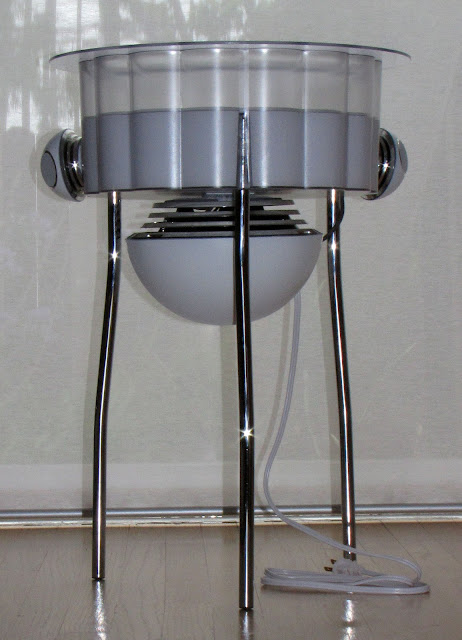In chronological order:
1717 - Bucharest at beginning of 18th c, woodcut 6,5x12,5cm published at Leipzig in 1717 (full download here)
1854 - Bucharest center bird's eye map. 1,276px × 931px. From a contemporary poster 100 x 70 cm
1871 Bucharest, by Army Major Dimitrie Papazoglu. 7,040 × 4,843 pixels
1897. Scale 1:40 000, 1610 x 1200 pixels
1911. A cadastral series of 4 sheets covering entire Bucharest. Each quadrant approx 5,000 x 4,250 pixels. At this site can also find an interactive version of this map.
1926. Spanish-language, 1800 x 1313 pixels
1927. Bucharest aerial photo: town center. 1,882 x 1,329 pixels
1984. Cadastral map (every building shown) of the Piata Unirii and Vacaresti - Dudesti neighborhoods. Surely the last cadastral map before the major demolition. At this site can also find an interactive version of this map.











.jpg)























